By Flint Whitlock
Like a disjointed, moss-covered, concrete serpent, the French Maginot Line snakes some 800 miles, from the Mediterranean border with Italy northward, until it disappears near the North Sea. The serpent’s blank, unseeing eyes—from which the barrels of cannon and machine guns once unblinkingly stared toward France’s traditional enemy—today gaze across a bucolic landscape that gives little hint of the historic events that transpired along its length over six decades ago. The serpent, constructed over a period of 11 years at a cost of some seven billion prewar francs, was France’s last, best hope to avert another German invasion, another devastating war. The serpent is the largest remaining artifact from World War II. It is the Maginot Line.
Considered by many to be an expensive failure, a symbol of French passivity and retrenchment, of her “bunker mentality” and unwillingness to boldly face the growing Nazi menace in the 1930s, the Maginot Line was an incredibly costly and highly controversial project. In one sense, however, it did exactly what it was designed to do: It forced the enemy to invade France at a different place.
30 Prior German Invasions Into France
“La Ligne Maginot” was born out of France’s deep-seated fear of another invasion by her neighbor and longtime foe, Germany. Except for a few rivers and the gentle mountains of the Vosges, there are few natural barriers to invasion. Thirty times over the centuries, Teutonic warriors marched virtually unimpeded into France and, five times during the 19th century alone, German guns imperiled Paris. The Franco-Prussian War of 1870, which was still bitterly recalled by the French generals and political leaders in 1914, brought home how utterly defenseless France was in the face of determined aggression.
To prepare for the future, the French looked to the past. Stoutly constructed, fixed fortifications have existed since ancient times, reaching their pre-Maginot apogee during the reign of King Louis XIV in the late 17th century, when the brilliant army officer and engineer Sebastien le Prestre de Vauban designed and oversaw the construction of a series of fortresses that admirably defended French interests. Vauban’s ingenious creations protected some one hundred towns, villages, and other places of importance, including Tournai (Belgium), Briançon, Ypres, and Strasbourg, to name but a few. Despite their enormous cost and susceptibility to conquest, fixed fortifications remained for centuries the best defense against an attacking force, and the French were among the masters at building this type of fortification.
Such continued to be the case even as late as the Great War of 1914-1918, where the thick concrete walls and deeply buried fortifications of Verdun proved to be very hard nuts for the Kaiser’s forces to crack. One of the huge Verdun forts, Douaumont, was pounded by thousands of shells, up to 420mm in caliber, yet only five of its 30 casemates fell to the Germans in a battle that lasted 10 months and resulted in unimaginable casualties on both sides.
Manpower Hindered by the Great War
This reality, combined with another very salient factor, led the French to believe that their future security lay in ferro-concrete. The other factor that inevitably turned France toward fixed fortifications was the tremendous slaughter of her sons during World War I; it is estimated that 1.2 million Frenchmen lost their lives during that conflict. As a result, there were 1.2 million fewer potential fathers coming home from the war, and France’s birthrate fell precipitously after the war. The declining birthrate augured a severe shortage of future soldiers to guard the nation, which meant that other means for the defense of France needed to be found.
To some experts, the Great War proved that fixed fortifications had no future. The next war, these experts contended, would be a highly mobile affair. The advent of the dirigible, airplane, and tank meant that fortifications on the ground could be easily bypassed. Fixed fortifications, the critics argued, were as obsolete and extinct as the dinosaurs. Some brought up Karl von Clausewitz’s postulation: “If you entrench yourself behind strong fortifications, you compel the enemy to seek a solution elsewhere.”
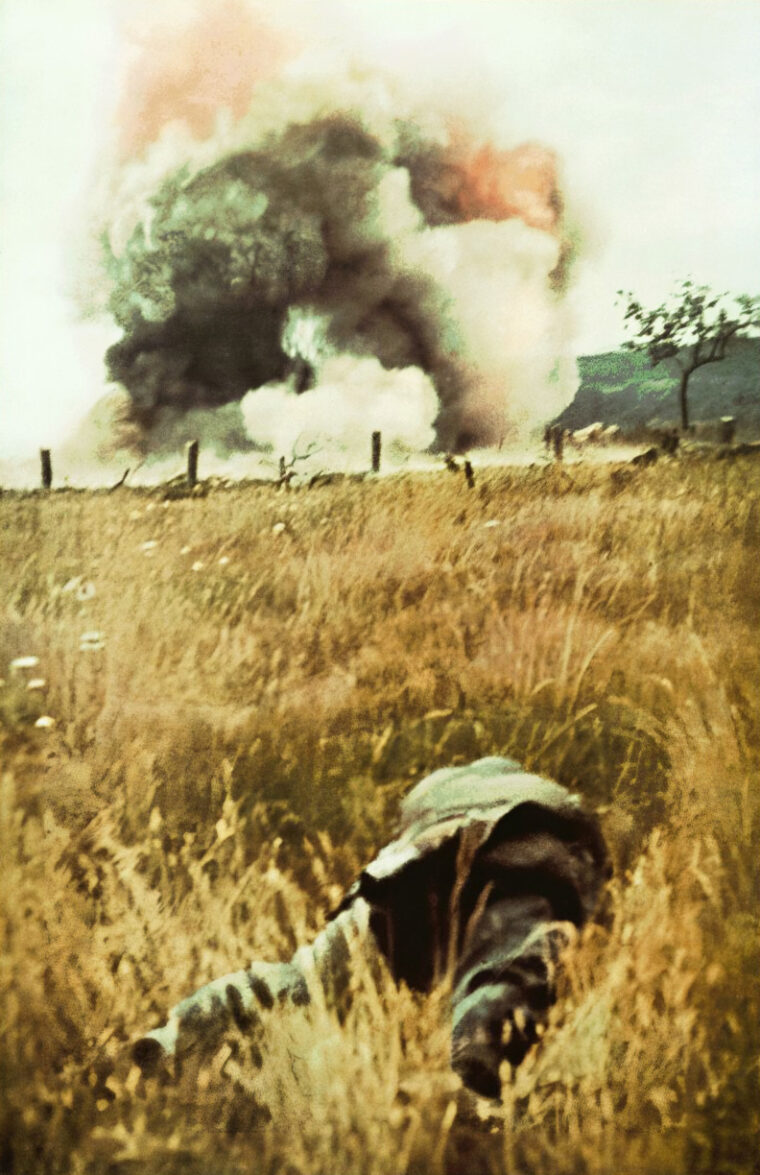
The men charged with France’s defense were not swayed. Since fielding a large standing army was impossible for at least another generation, a line of fortresses, each at least as strong as Douaumont, was seen as the primary means of keeping the invading Huns at bay.
France had another reason for embracing the idea of fixed fortifications. Following the Armistice of 1918, the Americans and British, shocked at the war’s cost and carnage, refused to guarantee that they would come to France’s aid should she ever be attacked again. Feeling betrayed by her allies, France realized she must look inward for her future survival.
The “Continuous Front”
With political and economic turmoil wracking Germany during the late 1920s, French leaders were clearly worried about a new and even more terrible conflict. Security seemed to lie with a successful strategy from the last war: the idea of the “continuous front.” Although the “continuous front” had been severely battered at places, it had, for the most part, held; ultimately, the German invaders had been repulsed. The French political and military leadership assumed that the next war—and they firmly believed that there would be another war—would again require the establishment of a continuous front, especially given France’s projected manpower shortage. Some sort of defensive wall guarding her border with Germany—and beyond—would be necessary to halt any invasion long enough for the reserves to be called up and transported to the front.
That, at least, was the theory. The question now was, Could it be put into practice? Such a wall would need to stretch from the Mediterranean to the English Channel, and would cost billions of francs. Only the Great Wall of China, almost 4,000 miles long, covered a greater distance. Was such a thing even possible?
Beginning in 1922, the feasibility of constructing such a defensive work was studied and hotly debated by the Territory Defense Commission, led by Marshals Philippe Pétain, Ferdinand Foch, and Joseph Joffre, France’s heroes of the Great War. While Foch and Joffre advocated a more flexible, mobile approach, Pétain clearly favored a heavily fortified, static defensive line. Gradually, Pétain’s views prevailed and, in December 1925, the commission was succeeded by the Frontier Defense Commission, formed by Minister of War Paul Painlevé, to further look into the matter.
Neglecting Belgium
Painlevé’s board determined that three most likely invasion routes required immediate fortification. Three Régions Fortifiées, or fortified regions, were established: the Metz R.F., in the Moselle Valley between Longuyon and Teting on the Nied River, which was designed to block any incursion into the valley and protect the Briey-Thionville industrial area; the Lauter R.F., east of the Hagenau Forest between the Saar and Rhine Rivers, which would seal off the invasion route used by the Germans in 1870; and the Belfort, or Upper Alsace, R.F., which would guard the Belfort Gap in the Vosges Mountains, near where the borders of France, Germany, and Switzerland come together.
Historian and journalist William Shirer observed, “The trouble with the Maginot Line was that it was in the wrong place. The classical invasion route to France which the Germans had taken for nearly two millennia, since the earliest tribal days, lay through Belgium. This was the shortest way and the easiest, for it lay through level land with few rivers of any consequence to cross.”
The planners countered their critics by saying that defenses in the Alsace-Lorraine region would force the Germans into disastrous frontal attacks against the strongpoint. If the Germans chose to outflank the defenses, the thinking went, they would have to violate the neutrality of either Belgium or Switzerland, and the French assumed the Germans would not risk worldwide condemnation by violating neutral territory again. But, most of all, it was hoped that just the sheer presence of such a massive defensive line would dissuade the Germans from even considering invasion.
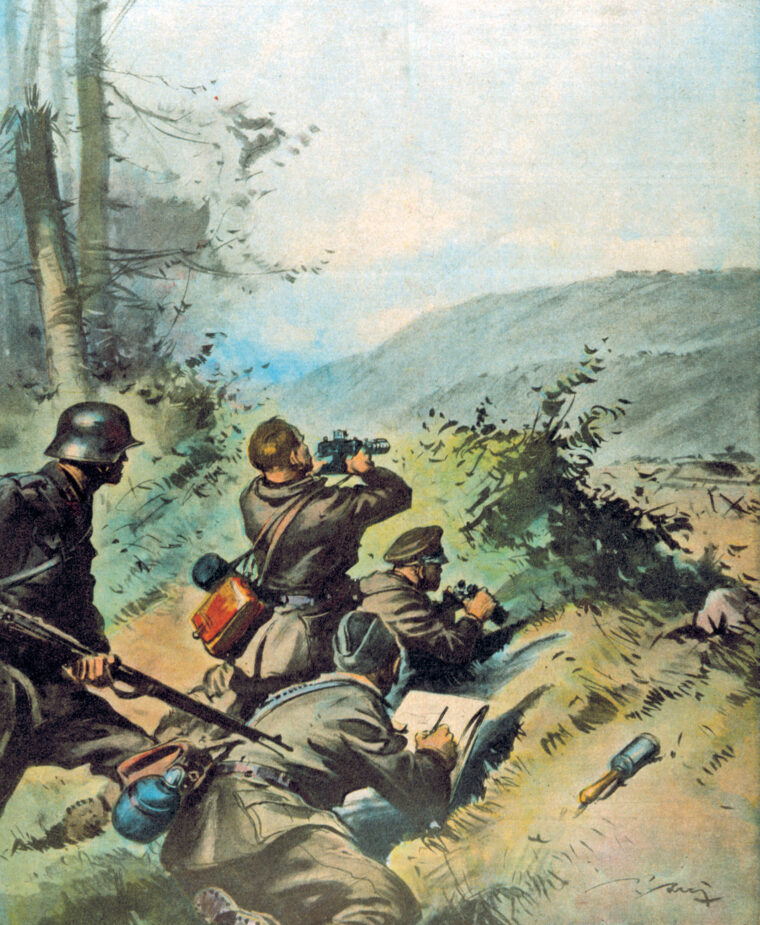
In September 1927, the Organizing Committee for the Fortified Regions (CORF) was established, and the following February construction began on two small-scale experimental facilities that would allow engineers to work out the practical details.
In early 1930, with the world in the grip of an economic depression, initial appropriations for the massive project—some three billion francs—were closely scrutinized by France’s Chamber of Deputies; Painlevé was out of office, and there was no assurance that the necessary funds would be allocated. Painlevé’s successor as Minister of War was a literal giant of a man (he stood six feet, six inches tall), André Maginot, a former member of the Chamber of Deputies and a disabled veteran of the Great War.
“One Imperious Necessity”
Maginot had also served, in 1913-1914, as Under-Secretary of State for War. When World War I broke out, he had a choice of serving either in Parliament or the army; he chose the latter, eschewing a commission to serve as a common soldier. Recipient of France’s highest award for valor, Sergeant Maginot was gravely wounded while on a patrol on the night of November 9, 1914. His kneecap was shattered, but his leg was saved; he would walk with a fused knee for the rest of his life. Once he became Minister of War, the 53-year-old Maginot threw himself and his department whole-heartedly into turning the idea of Painlevé’s defensive line into reality.
In a speech to the assembled lawmakers in January 1930, Maginot made an impassioned plea for funding the defenses: “Whatever form a new war may take, whatever part is taken in it by aviation, by gas, by the different destructive processes of modern warfare, there is one imperious necessity, and that is to prevent the violation of our territory by enemy armies. We all know the cost of invasion, with its sad procession of material ruin and moral desolation.” Although France had been nearly bankrupted by war, the Chamber of Deputies nevertheless voted to appropriate the needed capital.
Construction of the first four fortresses, at Rochonvillers, Hackenberg, Simserhof, and Hochwald—all protecting the industrialized, mineral-rich Alsace-Lorraine area—soon began. It was expected that the project would take five years to complete. André Maginot, however, would not live to see the ultimate success or failure of the defensive system that bore his name; he died on January 7, 1932, from typhoid fever after eating bad oysters at a New Year’s Eve banquet.
Taking over as Minister of War was Edouard Daladier, who vowed to continue the work, and the project moved forward as finances permitted. Time was of the essence for, since the following year, across the border, Adolf Hitler would be named Chancellor of Germany, and he harbored a deep hatred toward France for formulating the harsh, anti-German provisions in the Treaty of Versailles.
1933: Construction Expands
In addition to the treasury-breaking economic realities of constructing a defensive wall the entire length of France’s eastern border, there were serious political considerations. One major part of Pétain’s original argument for the line’s construction was that, by forcing the Germans to avoid the line by going around it, they would be required to violate Belgian and/or Swiss territory, and France had pledged to come to the aid of whichever ally was invaded. As historian Anthony Kemp put it, “In view of the alliance with Belgium, how could France morally justify the fortification of their common frontier without giving the impression that, when danger threatened, she would not advance to help? Besides, it would imply lack of confidence in the Belgian army.” Thus, to avoid offending the Belgians, France made the fateful decision not to continue the wall all the way to the North Sea. She trusted that, if the Germans were to invade again, they would not repeat the Schlieffen Plan—an attack through the Low Countries—that had proven so successful in 1914.
The pace of construction picked up; by 1933, there were 20 major and 27 minor fortifications, along with hundreds of other facilities, being built in the Alsace-Lorraine angle facing Germany. But, in 1934, Daladier rightly worried that this relatively short stretch of defensive works could be easily outflanked. He lobbied for, and was granted, the necessary funds to extend the line beyond the original structures.
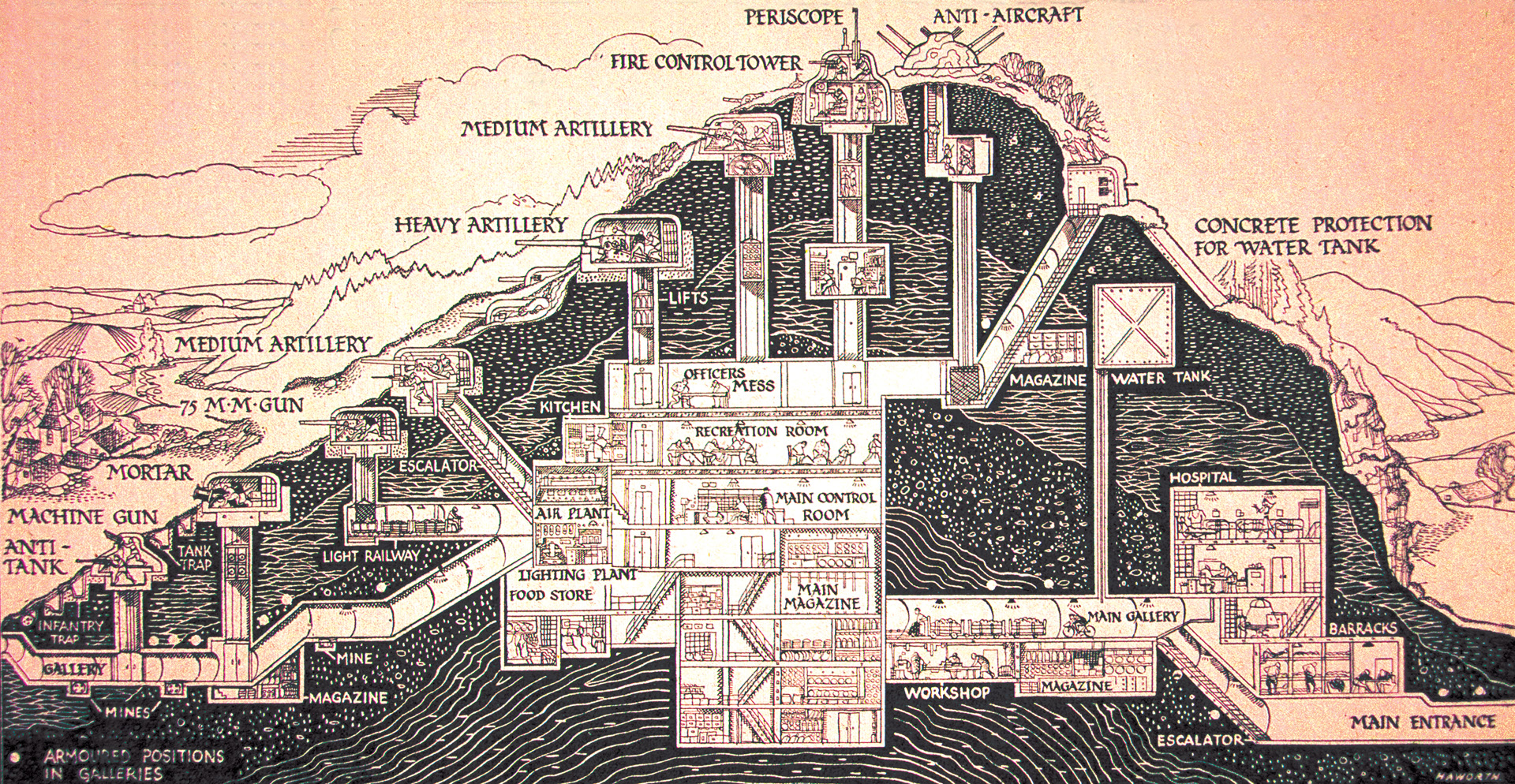
The Maginot Line was organized as a “defense in depth.” Scores of fortresses, bunkers, pillboxes, shelters, miles of underground passageways, and other features made up the most technologically advanced defensive system of their day. An army of planners, architects, engineers, and armament specialists envisioned some of the most diabolical obstacles ever devised to thwart an enemy. The most forward positions, a string of small, outer posts, known as maison fortes, were set directly along the border. In the event the enemy was seen approaching the frontier en masse, the occupants of these listening posts would sound the alarm, fight a delaying action, demolish nearby bridges, and set up obstacles at crossroads before falling back.
Two Main “Ouvrages”
Behind this forward line, about two or three kilometers to the rear, was a series of two-level pillboxes, or casemates, complete with small-caliber armaments, mostly 25mm, 37mm, and 47mm antitank weapons and machine guns. These positions were sited about 1,200 meters from neighboring casemates and could provide interlocking, mutually supporting fire. In addition to firing embrasures, many casemates sported “pop-up” steel turrets that could be raised and lowered at will.
The casemates had a variety of designs and functions. Most were built into a hillside so that virtually nothing was visible from the front. The turrets (most casemates had two) appeared to be giant steel mushroom caps that contained observers, machine guns, mortars, or antitank guns. The reinforced concrete walls were from four to seven feet thick. The entrance was located at the rear of the casemate and was, naturally, more exposed, although gun embrasures were sited here as well, and the heavy steel door was on the other side of a retractable bridge that spanned a moat.
The living quarters for the garrisons that ranged from 12 to 60 men were located in the lower level of the casemate, which was designed to be self-sustaining. A diesel generator provided power and light, there was an air-conditioning and ventilation system, a well and water pump, and storerooms full of food and ammunition. Some of the casemates were linked by underground tunnels to neighboring casemates. In front of and between the casemates were lengths of steel rails set vertically in concrete to act as tank traps and, in some places, antitank ditches were dug to stop enemy Panzers or channel them into lethal killing zones.
Some five kilometers behind the casemates were the real “teeth” of the French Maginot Line—the ouvrages, or fortresses, which were divided into two main classifications, based on the size of their garrison and their armament. The infantry fortresses were called minor fortresses (petit ouvrages), while the larger artillery fortresses were known as gros ouvrages. Each gros ouvrage had two entrances, one for personnel and one for munitions and supplies, sometimes as far as two kilometers to the rear and accessible by underground electric train.
The ouvrages were technological marvels. The reinforced concrete roofs were so thick that they were basically impenetrable by any munitions the Germans possessed. The minor fortresses had two or three “battle blocks,” each with its own turret, and could accommodate from 65 to 250 men. The major fortresses were, in many ways, like subterranean cities, although others compared them to large, concrete submarines. Both views were accurate, for the troops’ existence below ground was a dank and gloomy one. Seeping water needed to be pumped out constantly. The air was chilly, almost clammy. Only artificial light illuminated the multitude of rooms and, despite the hard-working ventilation system, fresh air was almost nonexistent—except for those detailed to man the drafty turrets and observation posts, where the pressurized air from inside the underground forts blew like a gale.
Life Amid the Bunkers
To help the observers and gunners zero in on their targets, the inside walls of the turrets were decorated with drawn and painted dioramas that depicted the terrain features of the surrounding countryside and their predetermined ranges and azimuth readings.
Despite the many discomforts, life below the earth was not altogether intolerable. Large kitchens and mess halls fed the troops and well-equipped hospitals and dental facilities catered to their medical needs. There were sleeping quarters, latrines, wine storage areas (of course!), a canteen, mortuary, emergency power plant, and even jail cells. Transportation of personnel, food, and ammunition to all parts of the lengthy, concrete tunnels was provided by electric train. For entertainment, the soldiers were treated to movies. To keep the men from developing health problems associated with Vitamin D deprivation, regular sessions under sunlamps were held. Surprisingly, morale among the troglodyte troops remained high, for they believed that, if war came, they were in the safest, most impregnable place in all of France.
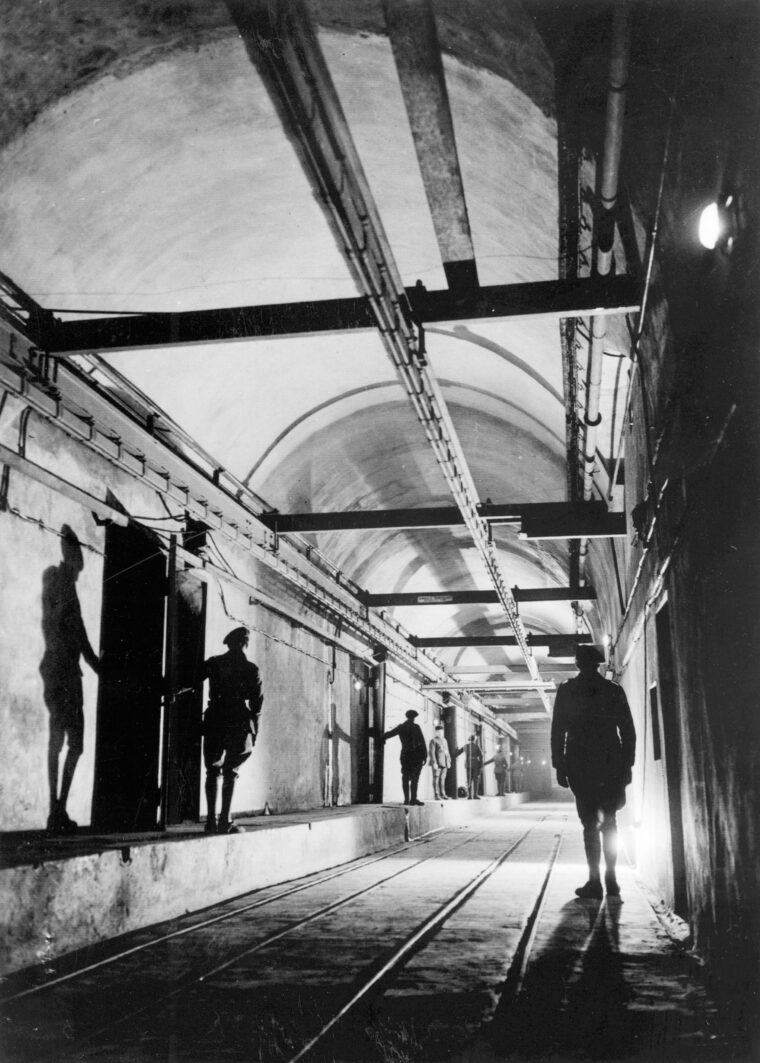
Armament varied for each gros ouvrage. The retractable, rotating, armored turrets were fitted with either 75mm howitzers, 135mm mortars, or 37mm or 47mm antitank guns. Other turrets also housed 50mm or 81mm mortars or grenade launchers, while still others combined the firepower of a 25mm antitank gun and a twin Reibel 7.5mm machine gun, and some were all machine gun affairs. Scores of smaller observation turrets, equipped with either periscopes or viewing apertures, also dotted the landscape.
In the unlikely event that the enemy broke through the fortress line, the troops would be met by another line of casemates and bunkers some five kilometers to the rear. Even farther back were peacetime barracks for the troops, food and ammunition storage areas, railway lines to transport soldiers and ammunition to the fortresses, powerhouses to supply electricity, huge railway guns and other artillery positions, and such.
Unlike its Chinese counterpart, no attempt was made to create a solid, unbroken line of fortifications. Instead, intervals were created deliberately between the strongpoints and covered by antitank obstacles, artillery concentrations, and strong, mobile infantry forces. It was at these carefully chosen gaps, selected to give every advantage of terrain to the French defenders, that the invaders would be administered the coup de grâce. The border along Belgium’s thick Ardennes Forest was only lightly fortified, for the French were convinced that no large-scale invasion force could possibly advance along the narrow paths or through the dense tangle of trees and thickets. Marshal Pétain is famously reported as having pronounced in 1934, “With special modifications, the Ardennes Forest is impenetrable. Therefore, this sector is not dangerous.”
Belgium Declares its Neutrality
By 1935, France sensed that a new war with Germany was rapidly approaching. Besides Hitler’s armed reoccupation of the Rhineland, the unexpected return of the Saar region to Germany caused major shockwaves throughout the Republic. Assuming that the Saarland would either vote to become French or would remain under the control of the League of Nations, France had not planned to fortify the region between the Metz R.F. and the Lauter R.F. When the populace voted in January 1935 to become part of Germany, France hurriedly began filling in the gap with casemates and ouvrages. Furthermore, dams were constructed in the area so that, in the event of a German assault, they could be destroyed and the entire region flooded and rendered impassable.
The initial phase of construction of the Maginot Line was completed in late 1935, and the first troops occupied the positions the following March. French Commander-in-Chief General Maurice Gamelin correctly guessed that the Germans, if war came, would avoid the Maginot Line and slice through Belgium into northeast France, just as they had done in the Great War. Gamelin had great faith in Belgium, whose Fort Eben Emael on the Belgian-German border near Liège was reputed to be the strongest fortress in Europe and perhaps the world.
France’s hopes that Belgium would request a French counterattack were dashed when Belgium declared its permanent neutrality. No foreign armies—French or German—would be permitted to enter Belgium, declared Prime Minister Paul-Henri Spaak. Discarding France’s earlier desire to avoid offending the Belgians, Daladier responded by announcing that France would extend the Maginot Line defenses all the way to the North Sea. Several thousand pillboxes, bunkers, minefields, and other obstacles were hastily thrown up along the French-Belgian border from Longuyon northward to Dunkirk. France then looked south toward another possible threat.
Following Benito Mussolini’s rise to power in 1922, France saw Italy as a potentially worrisome opponent, and some effort was made to fortify the mountain passes along the French border nearest the Alps. Even the island of Corsica, located in the Mediterranean between France and her African colonies, was fortified against invasion.
The Eight-Month ‘Sitzkrieg’
While France continued to strengthen and lengthen the French Maginot Line, the world marched closer to war. With lightning speed, Germany invaded Poland on September 1, 1939. Although woefully unprepared, France and Great Britain lived up to their treaty obligations by declaring war on Hitler’s Reich. But war did not immediately come to France; first came an eight-month “Sitzkrieg,” or “Phony War,” during which the two sides glared at each other as if daring the other to make the first move.
Almost lulled to sleep by this period of tense inaction, France was caught off guard when, on Friday, May 10, 1940, 136 German divisions—including armored spearheads commanded by Erwin Rommel and Heinz Guderian—struck violently in the West, plunging into Holland and Belgium and driving unexpectedly through Luxembourg and the “impenetrable” Ardennes Forest, emerging near Sedan. Twenty-five hundred German aircraft controlled the skies and destroyed opposing military aircraft before they could take to the air. Sixteen thousand parachutists descended upon Rotterdam, Leiden, and The Hague, while still others landed on the massive Eben Emael fortress to begin its reduction. The French city of Nancy was bombed.
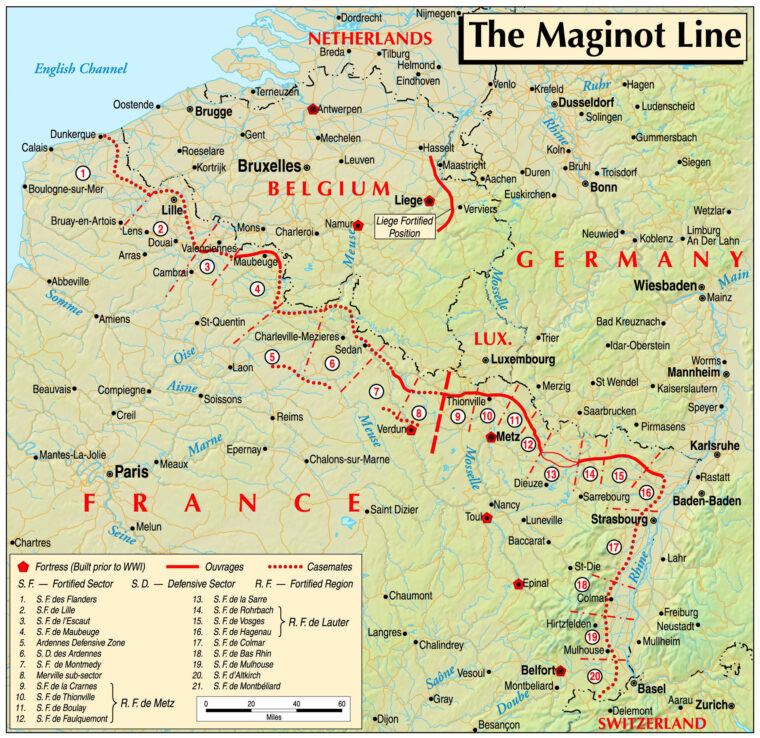
British bombers struck back at the Germans crossing the Meuse River near Sedan, but a number were downed by the Luftwaffe and antiaircraft guns. A desperate French attempt to seal off the breakthrough was thrown back. As French units retreated, so too did the British Expeditionary Force (BEF). A wedge was being driven between the two Allies.
Holland capitulated on May 15. Two days later, the Germans took Brussels, although Belgian troops continued to resist elsewhere in the country. By May 21, the Germans had reached the English Channel and the mouth of the Somme River. French and British forces were effectively split, and German pressure began pushing the remnants of the BEF toward the coastal town of Dunkirk.
Pulling Apart the French Maginot Line
On May 15, one of the minor Maginot Line fortresses at La Ferté, in the Montmedy sector not far from Sedan, was the first to fall as the 104 defenders became the focus of a blistering attack by elements of the German 71st Infantry Division. Subjected to bombardment from 88mm flak guns and 210mm heavy mortars, the petit ouvrage was nearly pounded into submission, but an infantry counterattack threw back the attackers. The German assault was unrelenting, however, and by May 19 all of the fort’s gallant defenders had been killed, their fortress becoming their tomb.
The Germans next began to systematically pull apart the Maginot Line. In early June, six minor fortresses to the north, in the Escaut, Maubeuge, and Montmedy sectors, fell to the advancing Germans.
To save his forces, General Maxime Weygand, who had replaced Gamelin as commander-in-chief on May 19, ordered a general withdrawal, which robbed the northern portion of the Maginot Line of much of its vital interval forces. During the night of June 12, the French abandoned the casemates and fortresses in the Montmedy sector to the oncoming Germans; further German advancements over the next few days led to additional abandonments. General Charles-Marie Condé, commanding the French Third Army, ordered the retreat to end and the fortresses to resist. Although shelled heavily by the Germans, the ouvrages held out, at least temporarily.
Meanwhile, the strategic situation for all of France was worsening by the hour. By late May, the BEF had been driven into the sea at Dunkirk. The German juggernaut was now swinging southward toward Paris, crushing all opposition. General Weygand was running out of options with which to contain the German onslaught. He had but 60 divisions available to hold off an overwhelming enemy force. The dike was bursting at many points, and France had only a limited number of fingers with which to stem the flood. About the only source of fresh troops was those detailed for interval duty along the Maginot Line. Weygand began pulling them out and throwing them into the ever-widening breaches in the front lines. Without these troops, the forts of the Maginot Line were doomed.
Paris Falls
In the La Crusnes sector, between Longuyon and Longwy, the major fortress of Fermont was attacked by German forces on June 11. Here, about 25 miles north of Verdun, 19 officers and 553 men stood to their guns and put up a valiant defense against the encircling enemy, knowing that their interval troops were gone and that reinforcements would not be coming to their aid. A German 88mm gun was brought up and proceeded to fire shell after shell at a single point on the rear of the fortress in jackhammer-like fashion. Eventually, the repeated firings penetrated the concrete and nearly touched off a magazine full of 75mm shells inside. The German gunners inexplicably ceased firing. That night, the defenders patched the hole in their bunker with iron plates and fresh concrete and waited for the next assault.
For three more days, even as Paris fell on the 14th, Fermont remained under enemy assault but refused to yield. Finally, the Germans ringed the fortress with six batteries of 105mm artillery, two 88mm batteries, three 210mm mortars, and four 305mm mortars. For two solid hours on the morning of June 21, German shells splattered the helpless fortress, but when German infantry attempted to storm the position, they were met with a lethal hail of fire from its gun ports. Later that day, the Germans, under a white flag, asked for a brief cease-fire in order to collect their casualties. The French commander, Capitaine Daniel Aubert, agreed. The attackers had suffered about 80 men dead or wounded; the French had one man injured and another killed.
Although their communications with the outside world had been cut, the defenders of Fermont held out until France agreed to armistice terms with Germany on June 22. It was only after receiving written orders from his superior to abandon the fortress and be taken prisoner by the enemy that Aubert and his men marched out of their scarred and battered fortress, the French Tricolor flying at the head of their proud column.
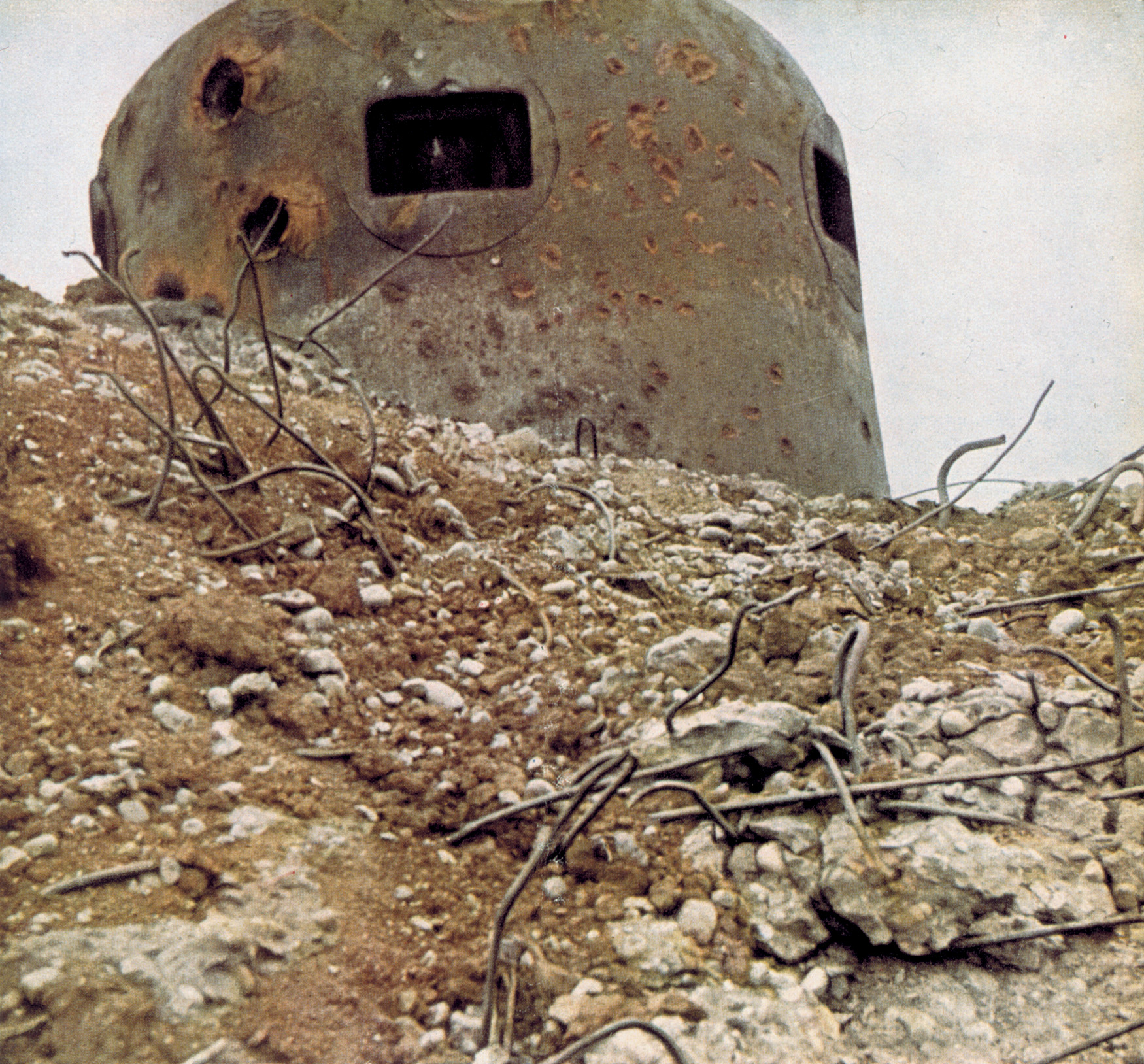
One of two major ouvrages in the Rohrbach Fortified Sector, the fortress of Simserhof, located near Bitche, was under the command of Lt. Col. Raoul Bonlarron and had a complement of 28 officers and 792 men. On June 12, the interval troops guarding Simserhof were withdrawn and the Germans began infiltrating the area. Realizing that he and his men were on their own, Bonlarron announced to them, “The hour is grave for France, the hour is grave for Simserhof … We shall fight … Take heart!” (Read more about the German invasion of France and the events that shaped the Second World War inside WWII History magazine.)
Resistance Lingers in the Boulay Sector
The Germans began their usual artillery bombardment and managed to knock out a petit ouvrage on June 21. With no interval troops to stop them, the German 257th and 262nd Infantry divisions poured around to the rear of the imposing fortress complex and began their assault. Another minor fortress fell victim, but the gros ouvrage’s guns blazed on. On June 25, after firing some 30,000 defiant shells, the guns of Simserhof went quiet and the defenders reluctantly surrendered.
In the Boulay sector east of Thionville, the Hackenberg fortress was also the scene of much hard fighting and much valor on the part of the defenders. The largest fortress in the entire Maginot Line, Hackenberg consisted of 17 battle blocks. Like the other fortresses, Hackenberg, on June 13, suffered the withdrawal of its interval troops and was ordered to fight on its own to the bitter end.
Two days later, advance German patrols began probing for weaknesses but received only intense fire for their efforts. The Germans were not easily dissuaded. On the 18th, elements of the German 95th Infantry Division arrived and began relentlessly pounding Hackenberg with continuous and heavy artillery barrages. Four days of bombardment had not made a dent in the fortress, which continued to pummel the enemy with barrages of its own. Under a white flag of truce, a group of German officers demanded that the fort’s commandant, Jules Pelletier, surrender. He told the enemy that he had been ordered to fight until the end and that was what he intended to do. Two more days of shelling still produced no victory for the Germans.
Seeing that they were getting nowhere, the Germans redirected their attention toward other fortresses in the area—with similar minimal results. It was only the announcement of the armistice that brought the fighting to an end. On July 4, the undefeated defenders, having been convinced by their superiors to surrender, marched out of Hackenberg and into captivity.
Defense Against Overwhelming Odds
So it went all along the French Maginot Line, with one fortress after another being forced to fend for itself against overwhelming odds. Hundreds, perhaps thousands, of untold stories of personal heroism were written in the dank halls of the Maginot forts. Had it not been for France’s capitulation and orders from higher headquarters to surrender, who knows how long the valiant defenders could have held out? More than one ouvrage commander estimated that his men had food and ammunition enough to last them three more months.
Certainly, the men who manned the fortresses of the Maginot Line are to be remembered as among the staunchest defenders of French honor at a time when the nation’s leaders were ignominiously handing over the country to the enemy.
Today, the visible parts of the Maginot Line are covered with moss and lichen. Where the concrete has been ruptured by munitions, the steel skeleton bleeds rust. Great gashes still scar the steel cupolas. Yet, the aging remnants hold a special fascination for those interested in warfare, fortifications, and courage. Fortunately, 16 of the old fortresses have been renovated and converted into popular tourist attractions, where knowledgeable guides lead visitors through the maze of underground tunnels and galleries and explain the events of more than 60 years ago. Many of the turrets and other pieces of equipment have been restored to operating condition, and many of the fortresses also encompass small museums.
Some of the fortresses that are open to the public include Fermont, northeast of Verdun; Immerhof, at Hettange-Grande, northeast of Metz; Zeiterholz at Entrange between Metz and Verdun; Hackenberg, northeast of Metz; and Simserhof, northwest of Mutzig. Most are open only during the spring, summer, and fall, and some only on weekends and holidays. A handful are still used or owned by the French Army, while scores more lie silently moldering and forgotten in overgrown fields. However, as long as these concrete sentinels remain, their stories of courage will continue to inspire future generations of Frenchmen.
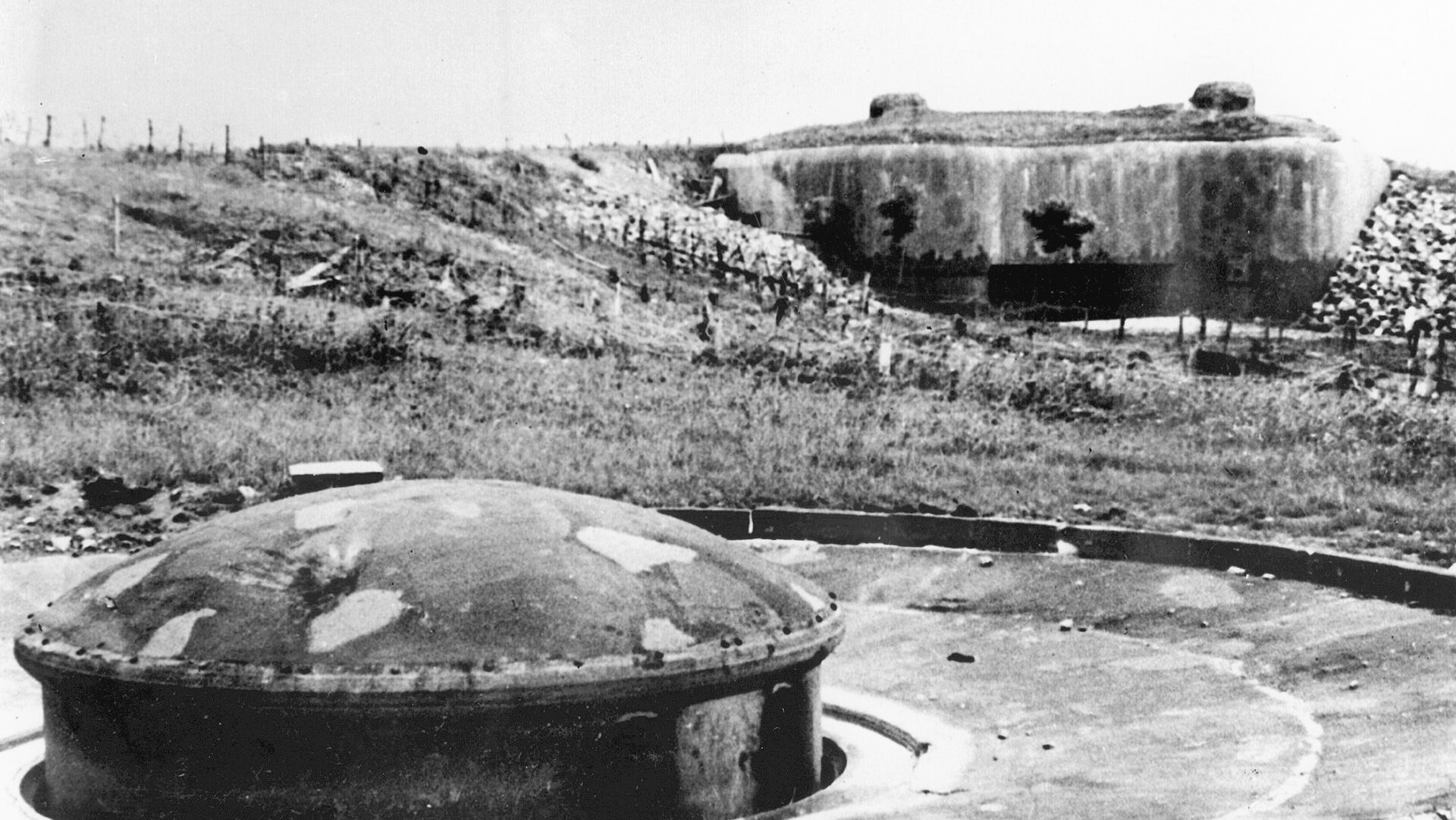
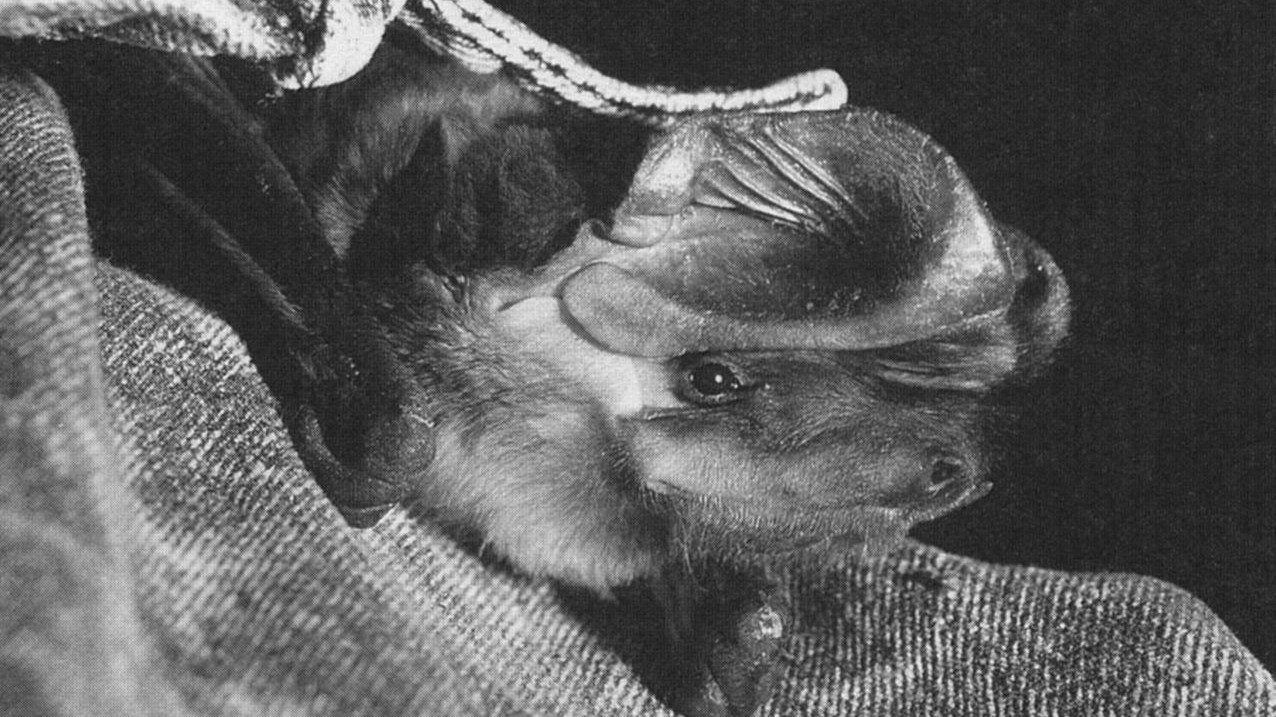
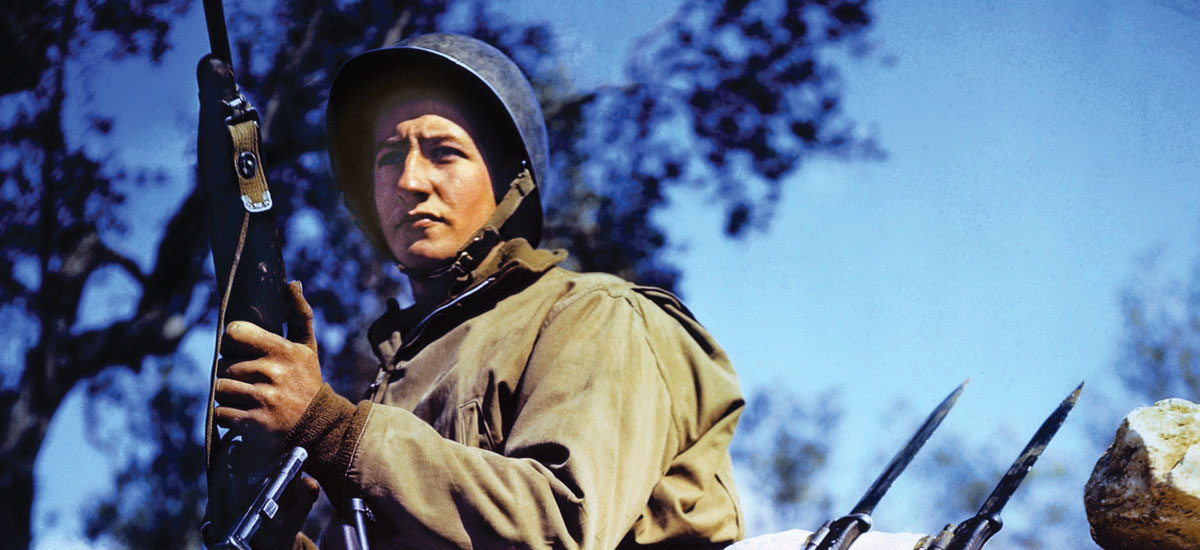
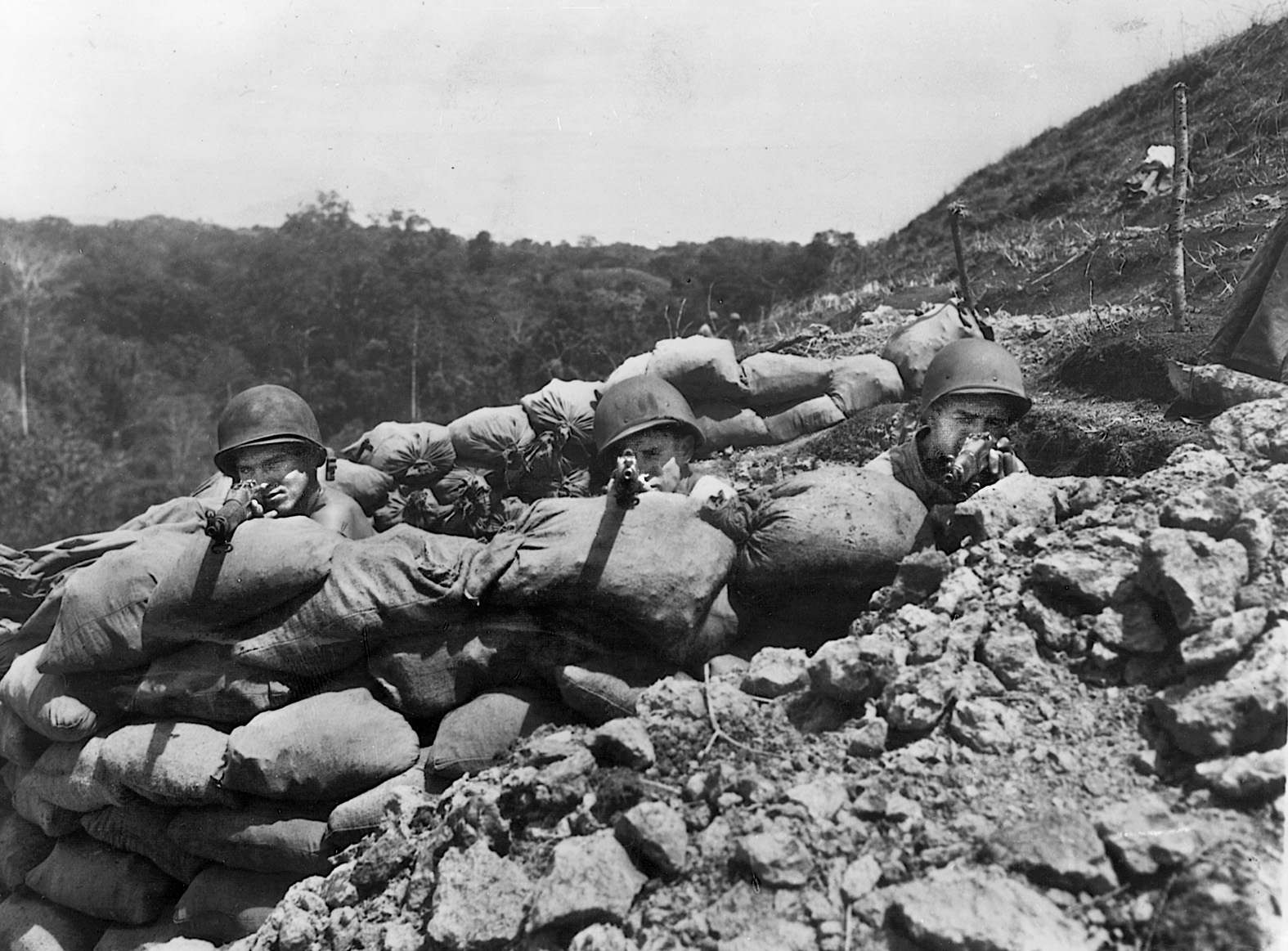
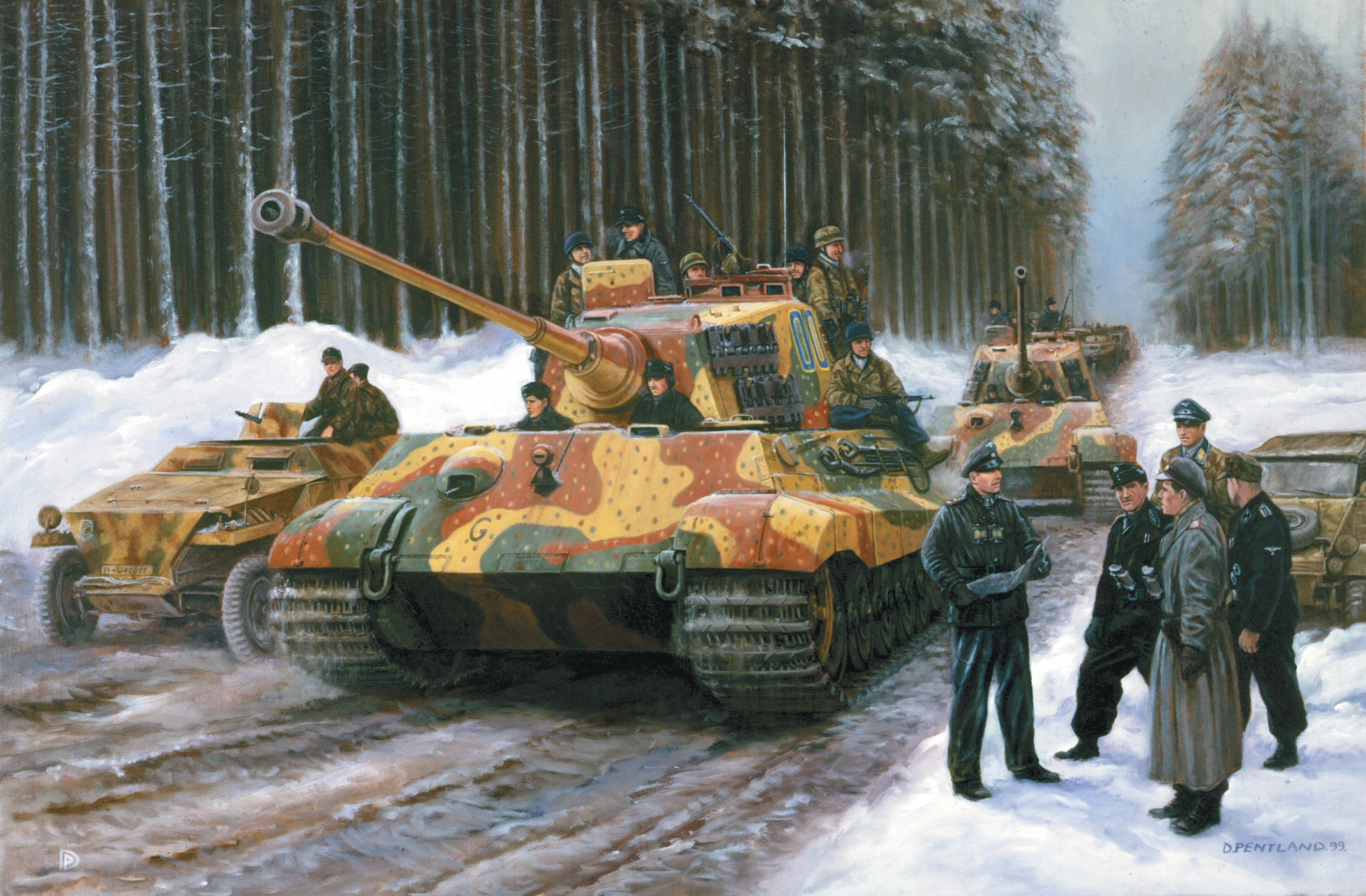
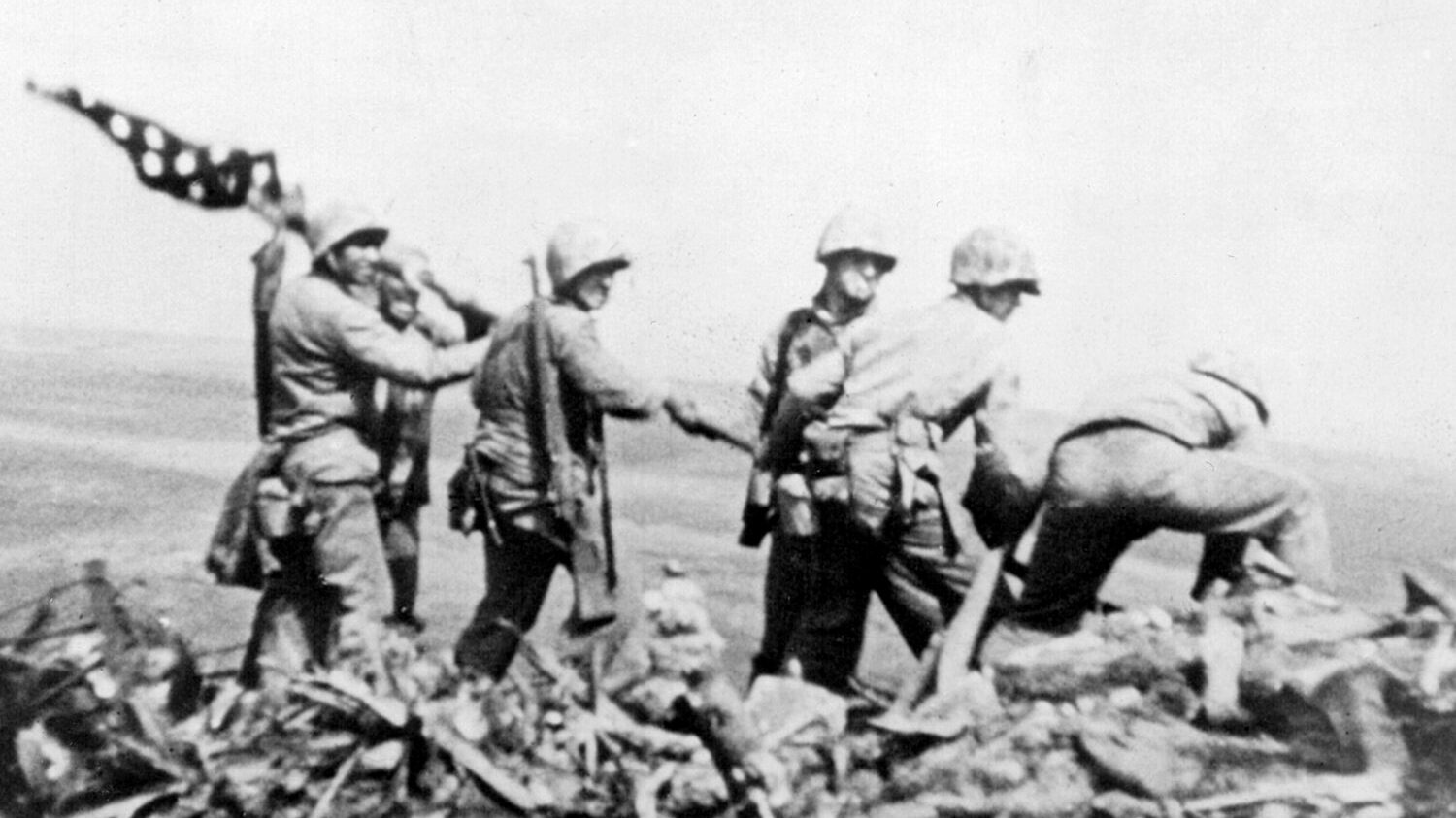

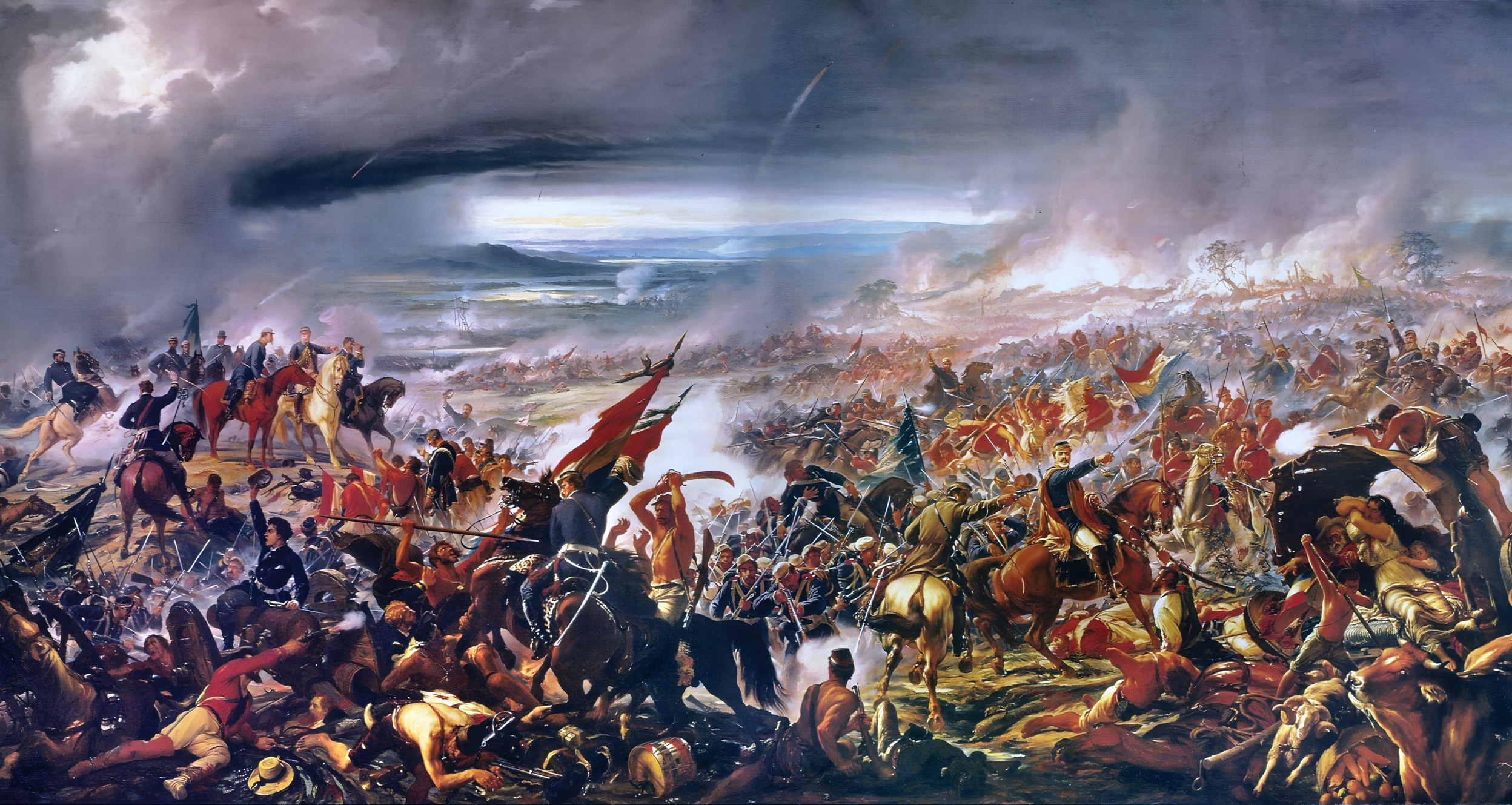
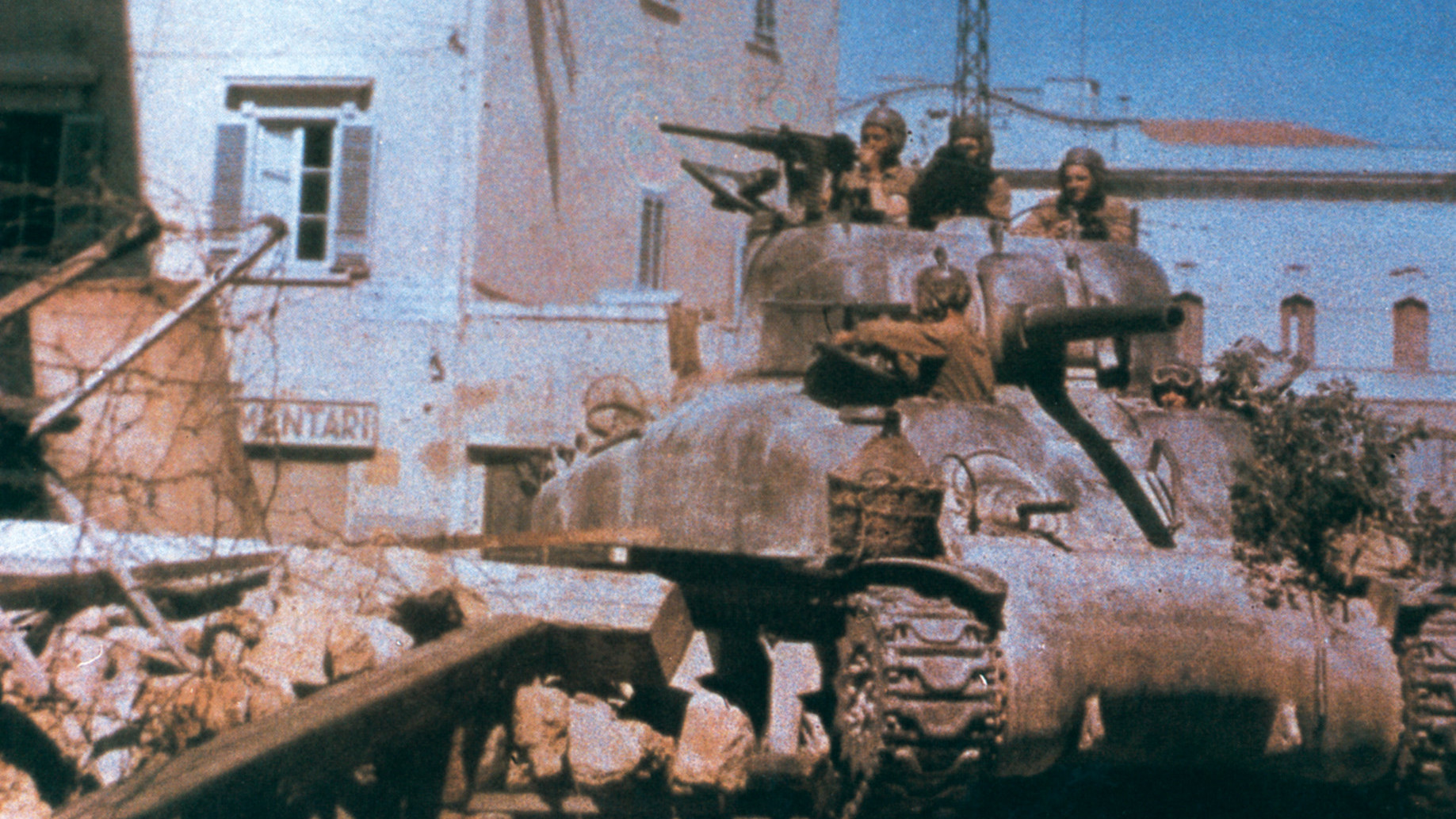
Very informative article. Found quite interesting.